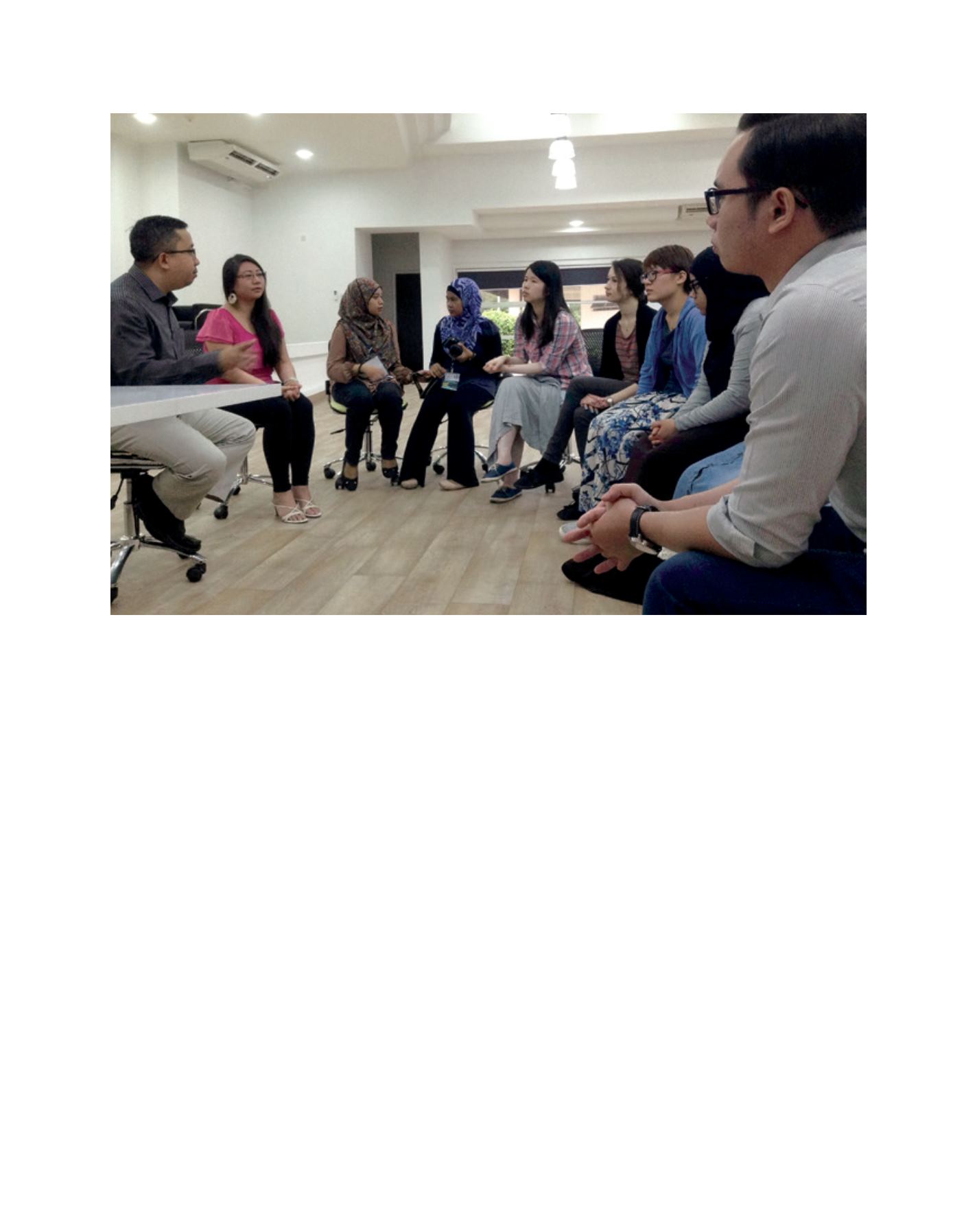

[
] 92
and Islamic traditionalism respectively. Guided by different
ideologies, they were often at odds with each other on a wide
range of religious and social issues, but both were awakened by
the Islamic student movement of the decade which helped to
transform them into parts of the Islamic resurgence network in
Indonesia and the rest of the Malay-speaking world.
3
The two
organizations appeared to find a common position on several
religious and social issues, and from the 1980s the leaderships of
both demonstrated a greater openness to interreligious dialogue.
4
The Arab world
In the Arab world of the 1970s, the Muslim Brotherhood
(Ikhwan al-Muslimin)
, the oldest and perhaps the only then
existing mass Islamic movement, benefited from the world-
wide Islamic resurgence, particularly the religious awakening
among Arab students and youth. It was energized by recruits
from among Arab students studying in Western universi-
ties and also their seniors, who upon graduation decided
to stay in the West. Intellectually and organizationally,
however, the Muslim Brotherhood changed little over the
decades leading to the twenty-first century. Unlike in South-
East Asia, Arab-Islamic resurgence did not produce any new
Islamic civil society movement worthy of the name inde-
pendently of the longer established organization that could
serve as a viable alternative to them. In particular, it hardly
produced a single internationally renowned Muslim voice
of interreligious dialogue. Only the Muslim Brotherhood of
Sudan, under the leadership of Hassan al-Turabi, emerged
as more open in intellectual outlook and more flexible in its
organizational operation.
The Indian subcontinent
Decades before the 1970s two mass Islamic movements
had existed in pre-partitioned India. The older one, Jamaat
al-tabligh, founded in 1921 by Muhammad Ilyas al-Kand-
hlawi, was a spiritual and
da’wah
movement aimed at the
spiritual reformation of individuals. The other, Jama’at
al-Islami, established 20 years later by Abul A’la al-Maududi,
was a religious-political movement.
5
The global Islamic resurgence that began in the 1970s
helped both organizations to grow into well-known interna-
tional movements, and they in turn played a significant role in
influencing the course of the resurgence in the subcontinent
and beyond. However, Jama’at al-tabligh proved to be a far
more popular movement, now boasting more than 20 million
members worldwide.
As a whole, Islamic resurgence in the subcontinent mani-
fested itself in the expansion of each movement’s ideological
influence beyond the region to Malaysia and other places
where there were large numbers of Pakistani and Indian
migrants, while preserving its identity. Whatever new Islamic
student, youth or other organizations were created in the
1970s, such as Jamaat al-Islami of Afghanistan, no other
Islamic organizations emerged to complement the civil
An entrepreneurial class at Universiti Brunei Darussalam: intercultural mixing is common in Brunei’s private and state-funded educational institutions
Image: SOASCIS
A
gree
to
D
iffer

















